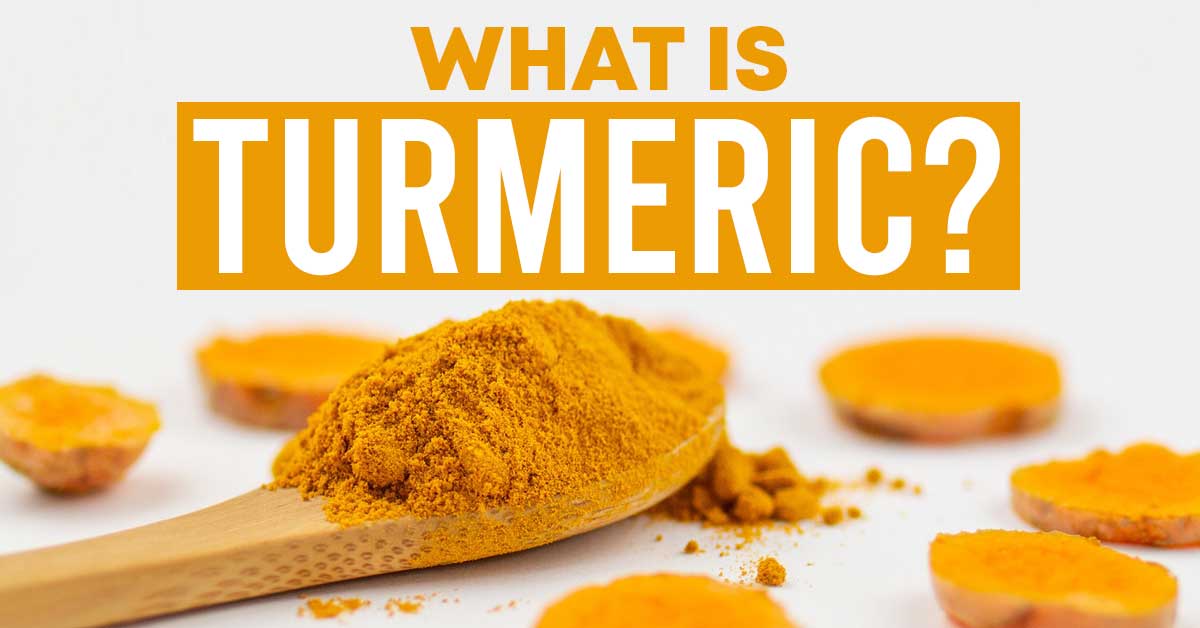Turmeric has been praised for its ability to help decrease inflammation and provide a great source of vitamin B6. Despite this, turmeric remains a relatively unknown cooking addition.
Though turmeric is a root it is ground up to create a powder that serves as a spice for cooking and provides a mildly peppery taste.
You may have tried turmeric in the past if you ate curry or yellow mustard. Though in the case of yellow mustard, turmeric is often in very small quantities, less than 2% in the Heinz’s mustard that is commonly found in many stores. The real benefits will come from adding turmeric as a spice to the food you are already eating.
How does turmeric help decrease inflammation?
Inflammation is not always bad. After an injury, you experience inflammation so that your body can heal itself. However, chronic inflammation, even at low levels, can cause ongoing joint pain and put you at increased risk for heart disease, cancer, and Alzheimer’s.
To produce meaningful medical results for inflammation, you do need to consume a substantial amount of turmeric. However, even if you are not experiencing elevated inflammation, eating a small amount of turmeric can help promote a healthy lifestyle.
The odds are turmeric alone will not solve your inflammation. But when combined with other treatment strategies or if you already are feeling pretty good, turmeric can still be a beneficial add-on to your diet.
How can I add turmeric to my diet?
The most appealing thing about turmeric is how easy it is to add to your diet.
Ground turmeric can be treated like spice, add it to:
- Smoothies
- Soup
- Noodles
- Pancakes
- Other homemade dishes
Turmeric roots can also be purchased in the fresh produce section at some grocery stores if you want to use it as you please, but purchasing it already ground into the fine yellow-orange spice is easiest.


